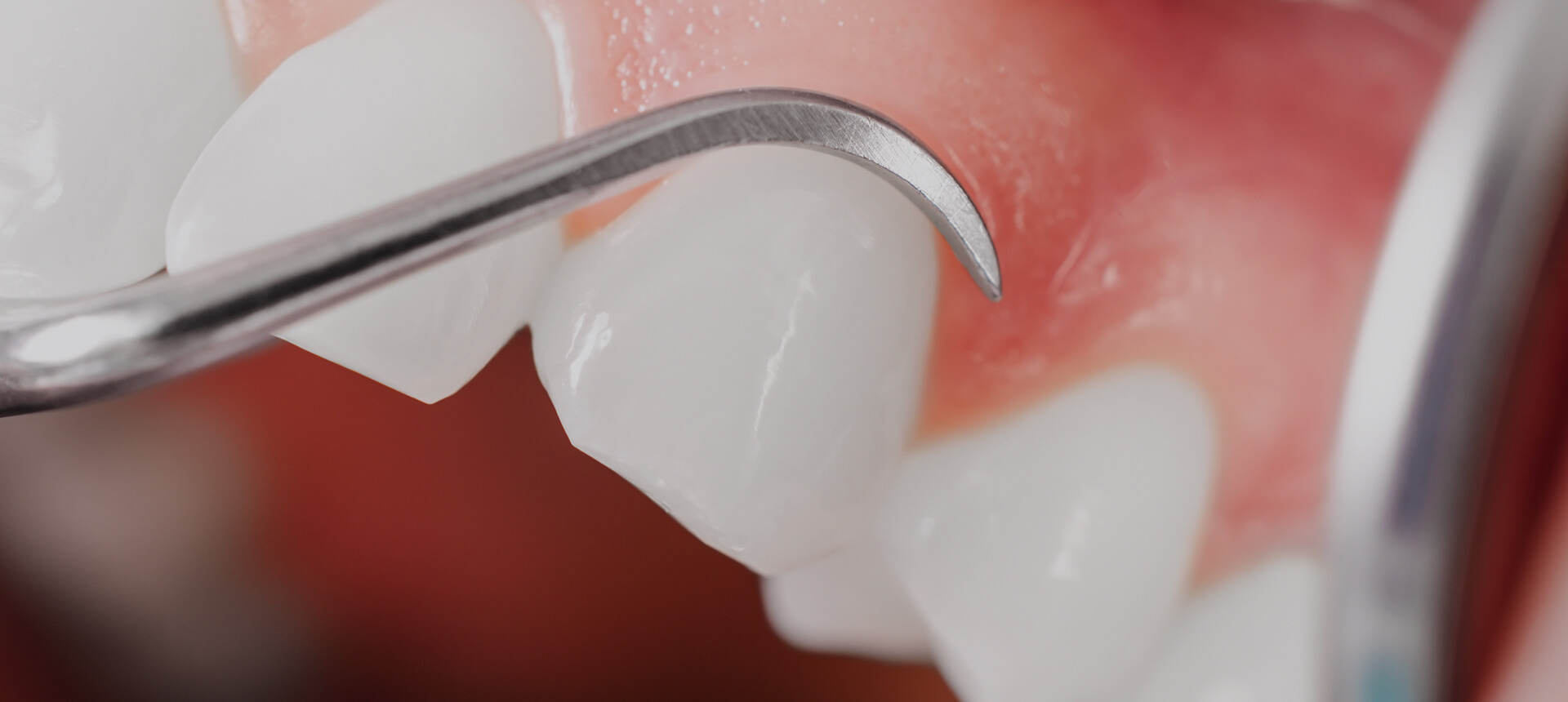
Gum Treatments
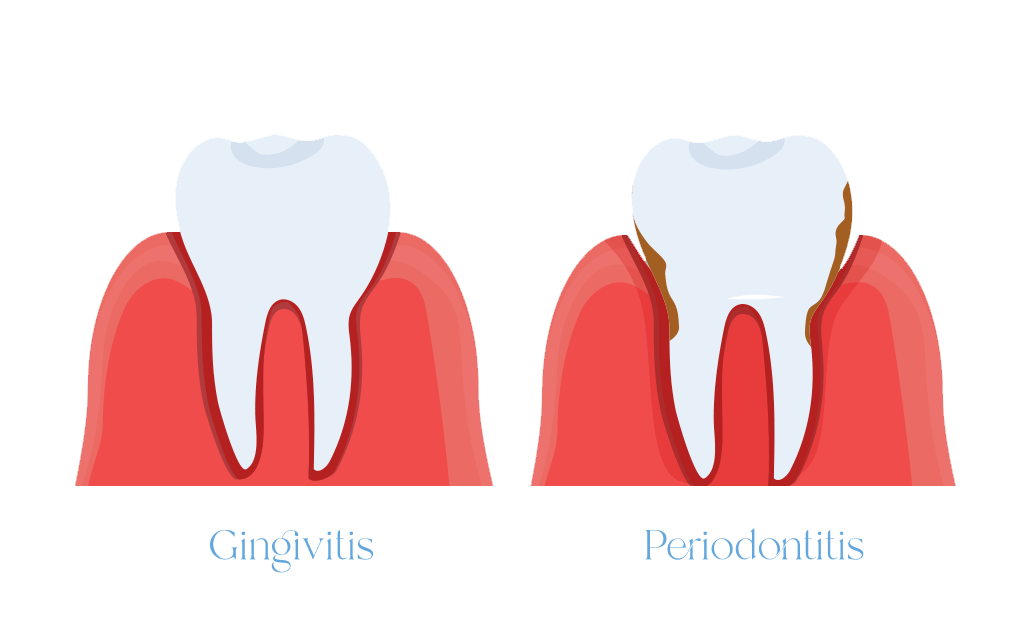
Gingivitis
Gingivitis is mild and reversible. If you have gingivitis, you may notice sore, red gums and bad breath. You may also see small blood spots when brushing your teeth.
You can manage these symptoms through improved oral health.
Periodontitis
Left untreated, gingivitis will become periodontitis. You may experience receding gums, pus, loose teeth, and persistent bad breath at this stage. You may also notice a difference in the alignment of your bite. If caught early, we can treat periodontitis.
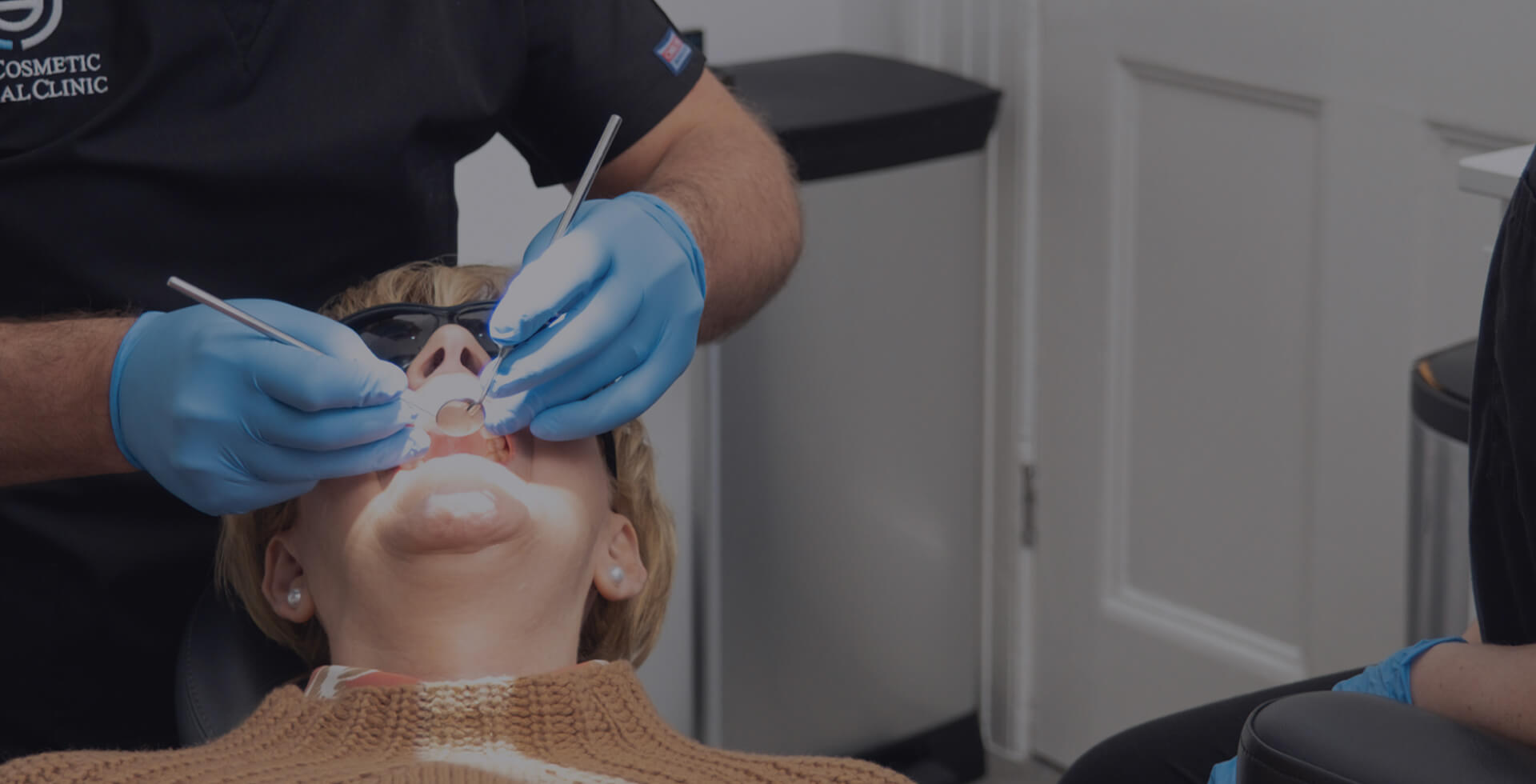
Periodontal Surgery – What to Expect
If the pockets of tartar are embedded too deep, we may need to perform a surgical procedure to get better access to the bacteria. Under anaesthetic, we’ll gently fold back your gum to remove the tartar pockets.
In some cases, we may need to smooth rougher areas of the underlying bone as bacteria can cling to this. Doing this improves the gum’s ability to reattach to the bone. Once completed, we’ll restore your gum to its original position.
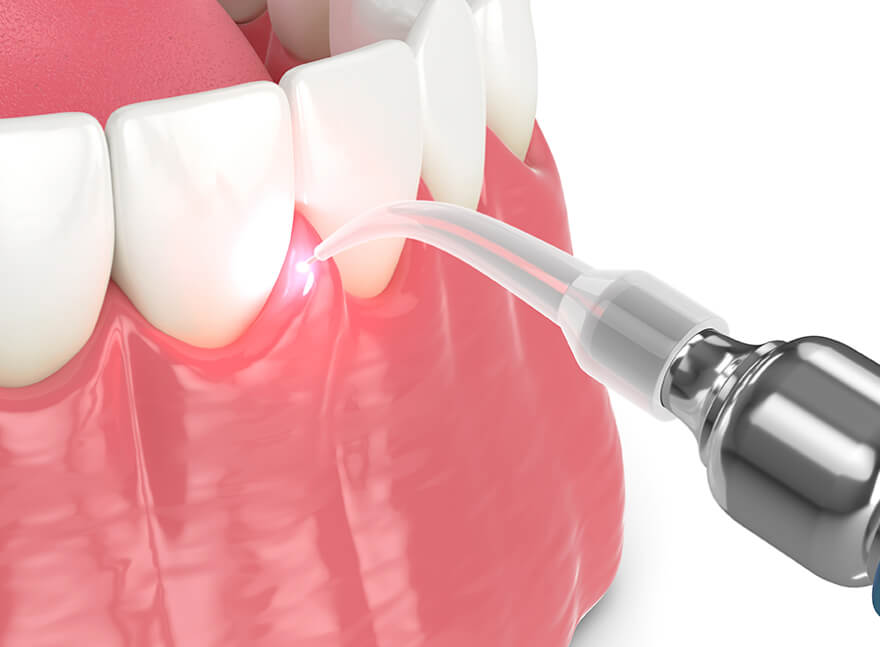
Regenerative Gum Treatments
Regenerative gum treatment can promote regrowth if periodontitis has damaged tissue and bone. We’ll use bone grafts and tissue-stimulating proteins to encourage natural regeneration.
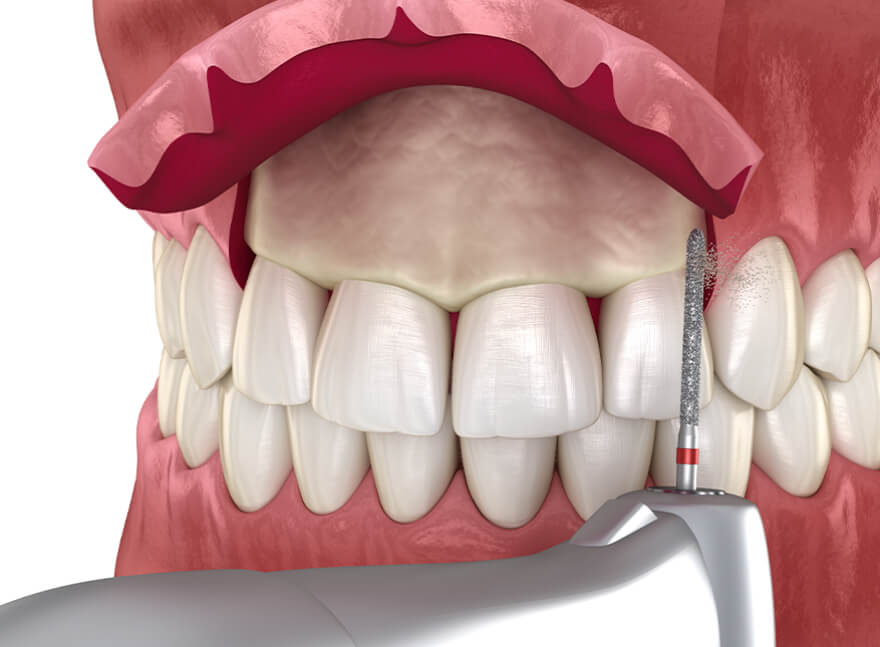
Crown Lengthening
If you have a gummy smile, we can perform a crown lengthening procedure to remove and reshape excess gum tissue. By changing your gum line, we can help expose your teeth, improving the balance of your smile.
We may also recommend this procedure if a tooth has decayed below your gum line.
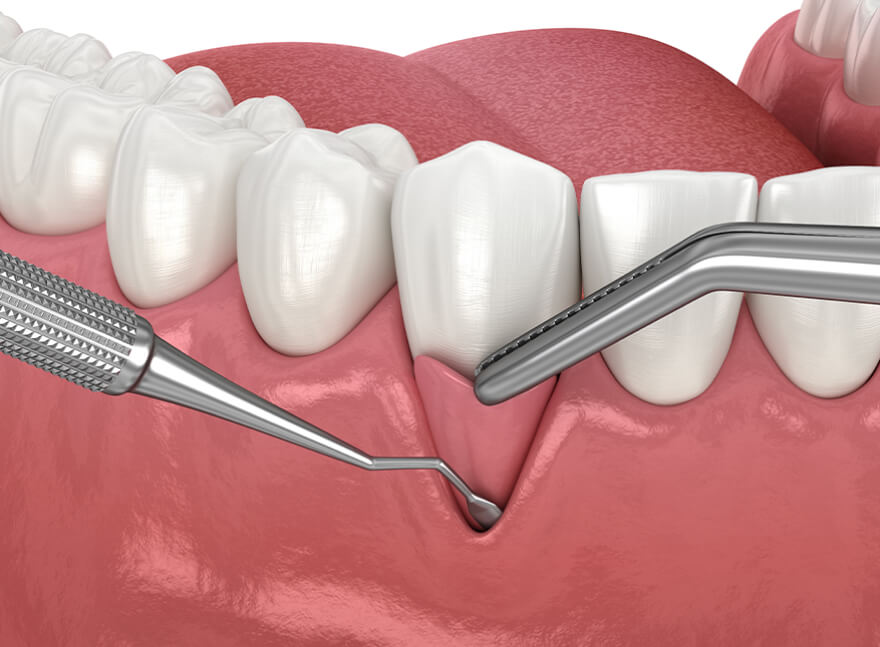
Soft Tissue Grafts
Gum regression or shrinking can occur due to periodontal disease or aggressive brushing. Shrunken gums can leave your tooth roots exposed, putting them at risk.
After tackling the cause of the regression, we can perform a soft tissue graft to rebuild your gum. We’ll take healthy tissue from another part of your mouth to cover the exposed root.
Talk of the Tyne
Don’t just take our word for it listen to what our patients have to say about The CDC service.
All in a
Day’s Work
Colin’s sore gums and toothache were no match for The CDC team. He says CDC’s Darren Cannell is a fantastic dentist—and the most ethical professional ever!

Regrets?
Not me!
A botched crown made Christine self-conscious, so she turned to the Cosmetic Dental Clinic to set it right. Watch to the end to find out about Christine’s only regret about choosing The CDC!

All
Emotional
You can hear the emotion in David’s voice when he describes the feeling of losing his smile. So, what was the magic behind his stunning transformation? Another day—another success story for The CDC.

Gum Care in Newcastle and Durham
Our highly-trained and experienced team treats patients from afar at our modern Newcastle and Durham clinics.
Get in touch today to arrange an appointment and start your journey to better gum health.

Find Us in Newcastle and Durham
You’re never far from The CDC.
Find us at Old Eldon Square in Newcastle town centre or visit our Old Elvet clinic in Durham.
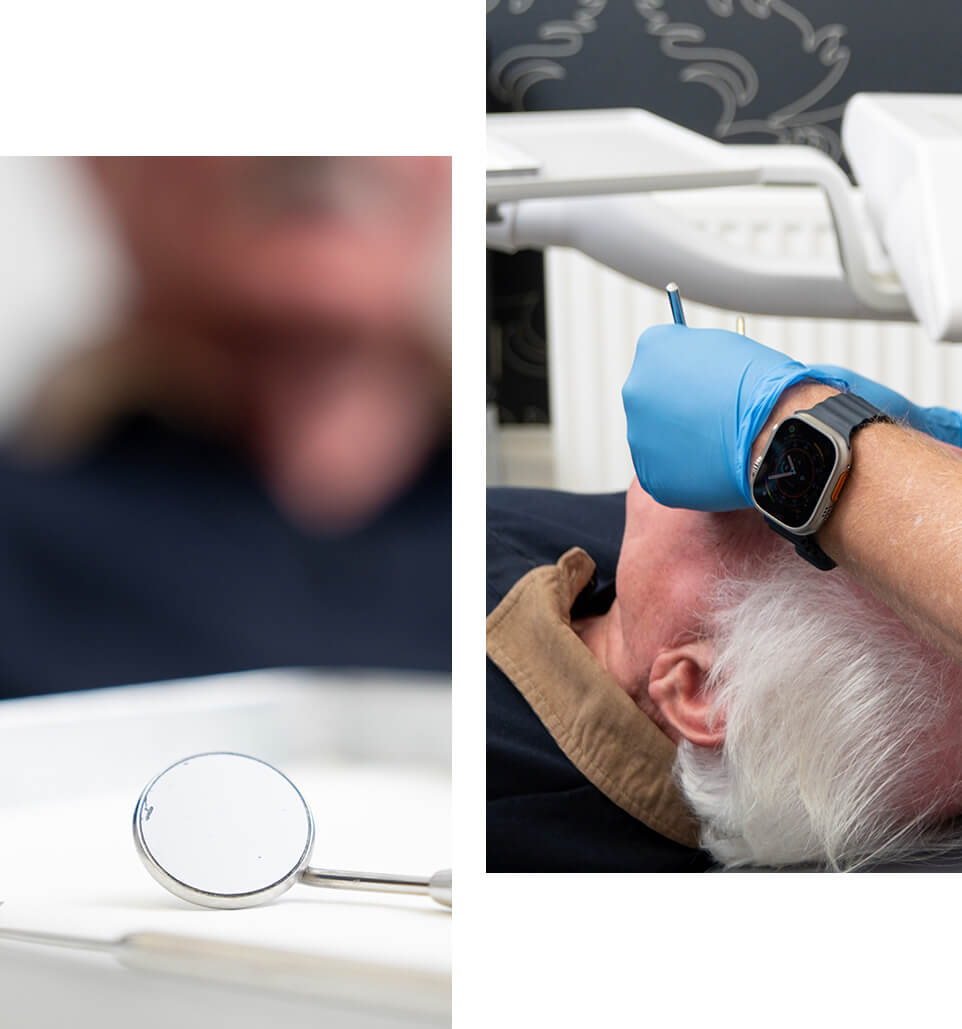
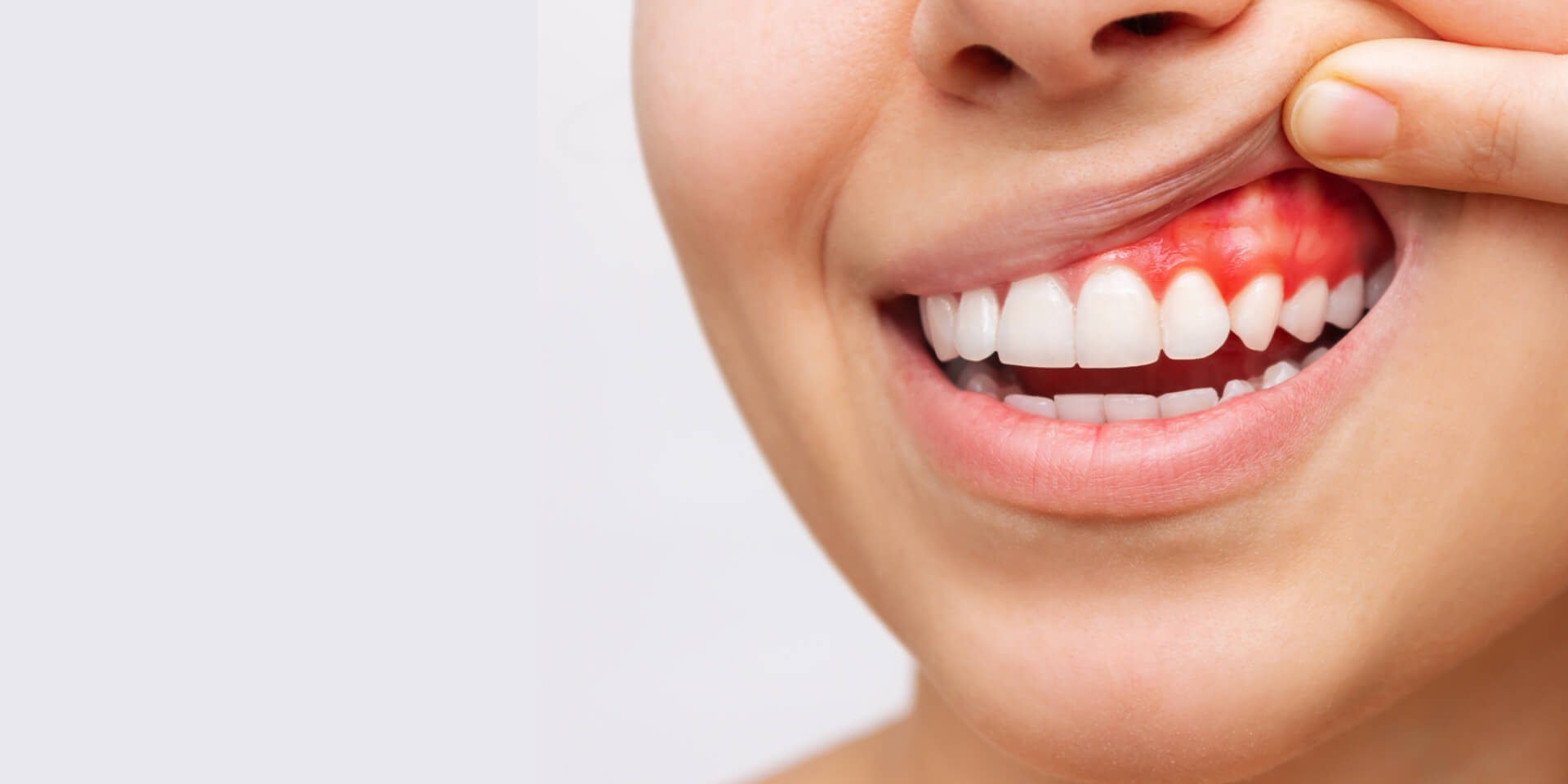


We’re Five-Star Rated!
Read what patients say about five-star cosmetic and restorative dentistry from The CDC team.
Tracey Cusworth
Just finished my Invisalign plus, whitening and bonding with Nigel, I can not thank him enough. I’ve never trusted anyone more, my only regret is that I didn’t do this years ago, 100% faultless service 😊
Rhiannon Lily
⭐️⭐️⭐️⭐️⭐️ The absolute best! Beyond thankful to Nigel and Ellie they’ve been absolutely amazing throughout my Invisalign journey and unbelievably accommodating with my mental health struggles- Nigel explained every step of the way throughly, always putting my fears at ease and was always super patient too. It’s honestly changed my life 100% recommend!
Ashleigh Little
Thank you so much guys!! 5* luxury service & Affordable! Finance options available.!! Also both receptionists were absolutely lovely! Definitely a team effort!
Charlotte Green
My whole experience at Cosmetic dental clinic was amazing. Staff were very assertive and made me feel at ease throughout the whole treatment journey. A big thank you to David and Jess they are a brilliant team, very friendly and we’re great support. I have so much more confidence and can’t stop looking at my smile. Forever grateful and will always recommend 😊
Jessica B
Just finished my treatment with Dr Nigel Parkash and dental nurse Lauren, extremely happy with my composite bonding. I couldn’t recommend Nigel enough for all your cosmetic dentistry needs, a true artist and perfectionist! Thank you Cosmetic Dental Clinic Durham.
Steven Curran
I’ve been a patient at The Cosmetic Dental Clinic for around 12 months and recently opted for composite veneers. Nigel was great, really put me at ease and i’m pleased with the end result. I would highly recommend.